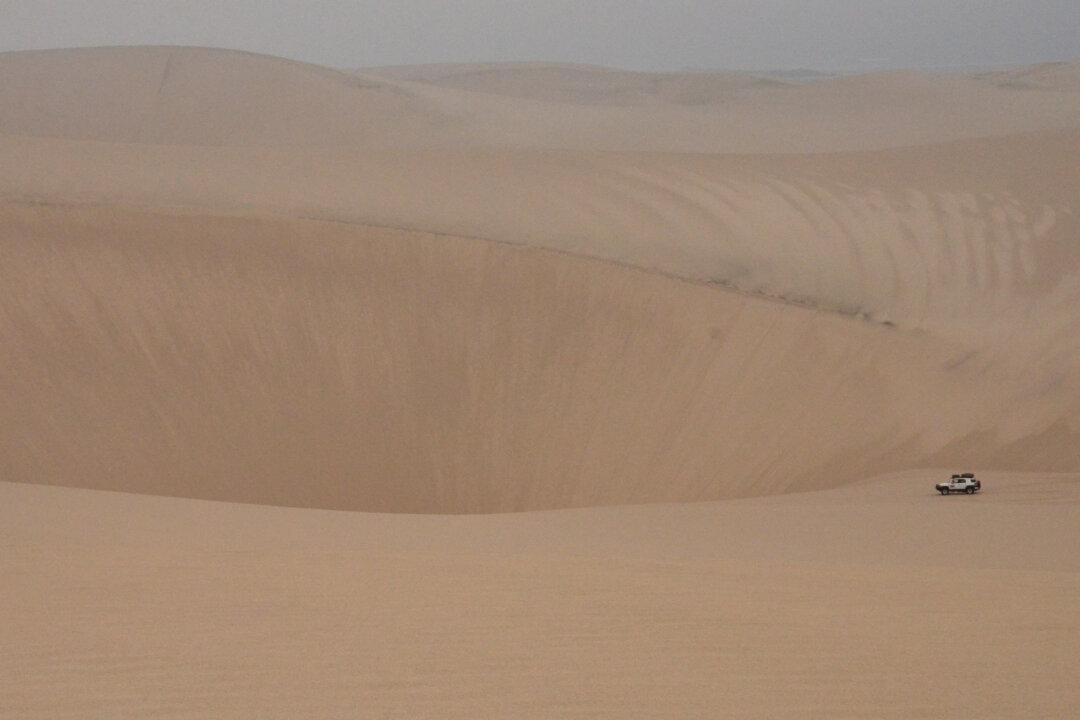I awoke in the Namibian desert to find little paw prints at the bottom of my tent’s ladder.
A line of them meandered through the entire campsite, circling each vehicle, cooler, and chair until they ended just outside the edge of our camp—where a jackal sat, licking a paw as if bored. Her companion sat at the opposite end, unintimidated and unintimidating.





